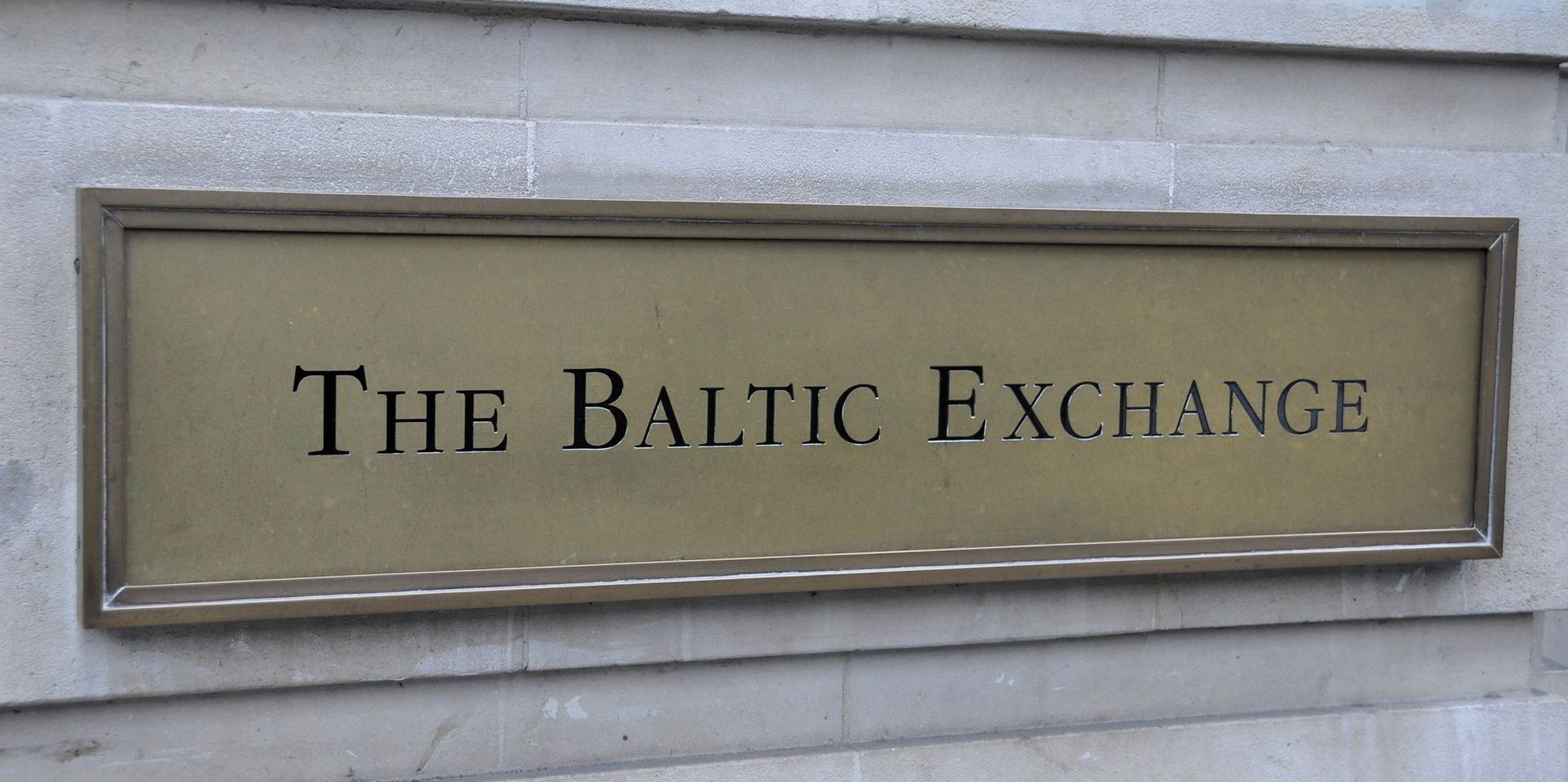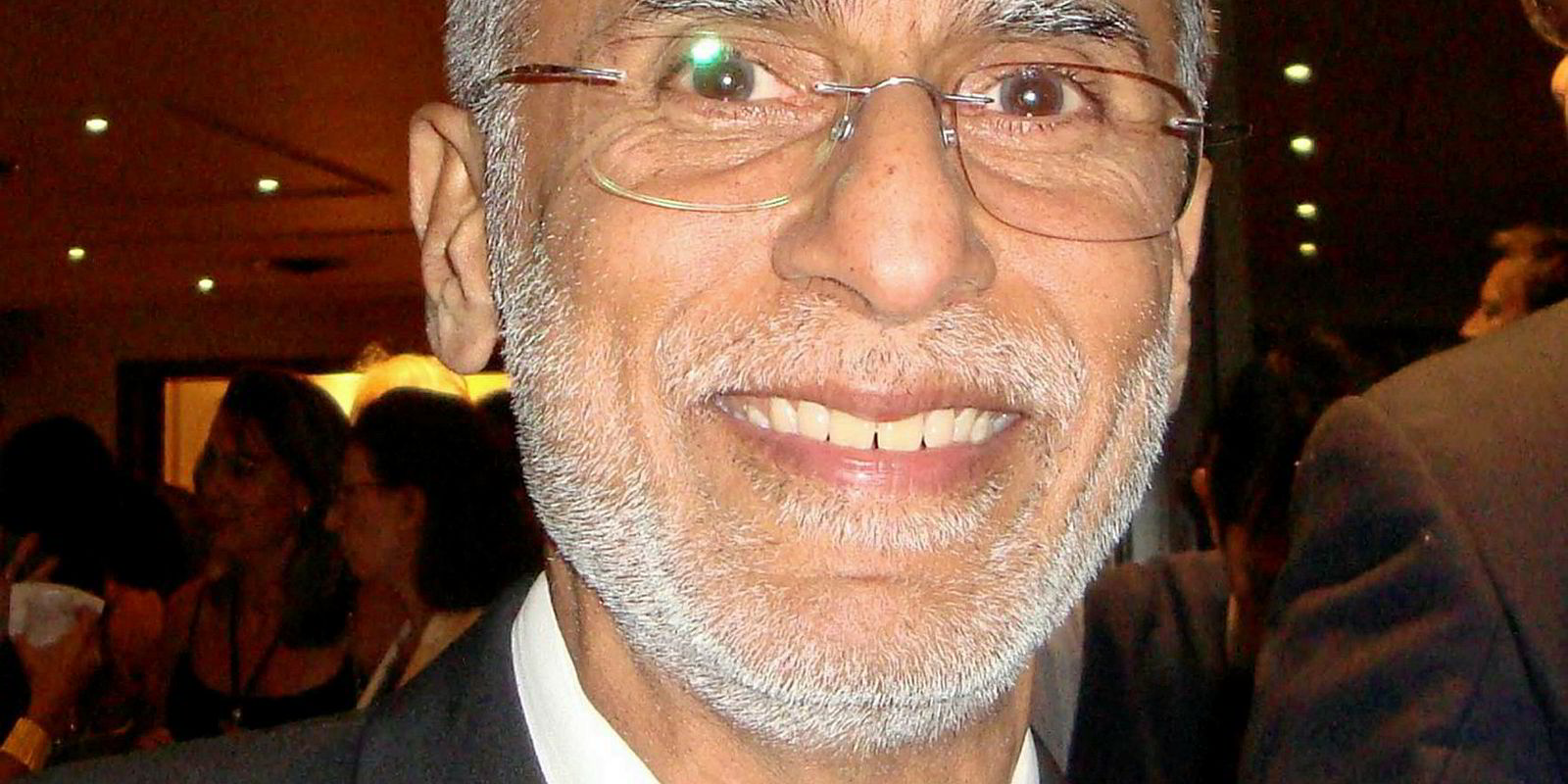Precious Shipping’s Khalid Hashim says the long-term fundamentals of the bulker sector remain positive despite the collapse of the Baltic Dry Index, which he attributes to lack of scrapping rather than an absence of demand.
The managing director does not see an underlying demand-side problem.
“The demand side has been hit by a confluence of factors — starting with trade wars, slowing world GDP growth rates, traditional Chinese New Year slowdown, accidents at various iron ore entities in Brazil and Australia — all colliding with the accumulated growth in the net supply of ships over the last few years due to the virtual stop of shiprecycling,” he tells TradeWinds.
“The perfect storm, you could say.”
Hashim, whose Bangkok-headquartered company owns 32 bulkers, suggests that the solution is staring owners in the face: “Recycle more ships. Stop ordering additional new ships. Delay new ships already ordered. Simple, but apparently impossible to get done.”
Despite the current storm, he notes that, based on the orderbook, the net supply of the overall dry bulk fleet will increase by only 3.06% this year and 3.26% in 2020.
Demand should grow at around 4.5%, similar to 2018, when supply rose by 2.8%.
“This gap between expected demand growth and expected supply growth in 2019 and 2020 should make for an increasingly robust recovery,” he adds.
Fleet supply levels could gain a further dividend if the pace of scrapping picks up, something Hashim believes will be inevitable as regulatory pressures increase as the IMO 2020 sulphur cap and ballast water treatment system requirements loom closer.

“Older ships that would have their 20th, 25th or 30th birthday in the next eight quarters would have to struggle with the extremely expensive special survey costs associated with such older ships, together with the costs of retrofitting a ballast water treatment system, as well as the impending IMO 2020 deadline,” he says.
Many of these older vessels will end up at recycling yards rather than in dry dock, the executive says. He points out that the age profile of the global bulker fleet at the end of 2018 shows that tonnage totalling 38.5 million dwt is older than 20 years and thus likely to be removed before the IMO 2020 changes kick in on 1 January.
Of the 38.5 million dwt figure, 14.6 million dwt comes in the form of smaller geared ships, which should bode even better for operators in these sectors.
“That, together with the low levels of the orderbook-to-fleet ratio, which stands at 10.5% up to end-2022, should result in the world dry bulk fleet growing at its slowest pace since the turn of the century,” he adds.
Hashim expects a further tightening in the supply side in the run-up to IMO 2020 due to forced downtime at dry docks for vessels being fitted with scrubbers, and post-2020 if low-sulphur fuel oil prices are high and shipowners using such compliant fuel operate at economically slower speeds.
Freight rate spike
“This, combined with the impacts associated with the effect of IMO 2020, would result in a supply-side dividend, with supply shrinking enough to cause some sort of a freight rate spike. How high would the freight rate spike be or how long it would last is anyone’s guess,” he says.
Precious last week posted a return to profit in 2018 with net earnings of THB 456m ($14.6m) to 31 December, against a THB 129m loss the previous year. Hashim said at the time that he expected market prospects to be reasonably good over the next two years.





